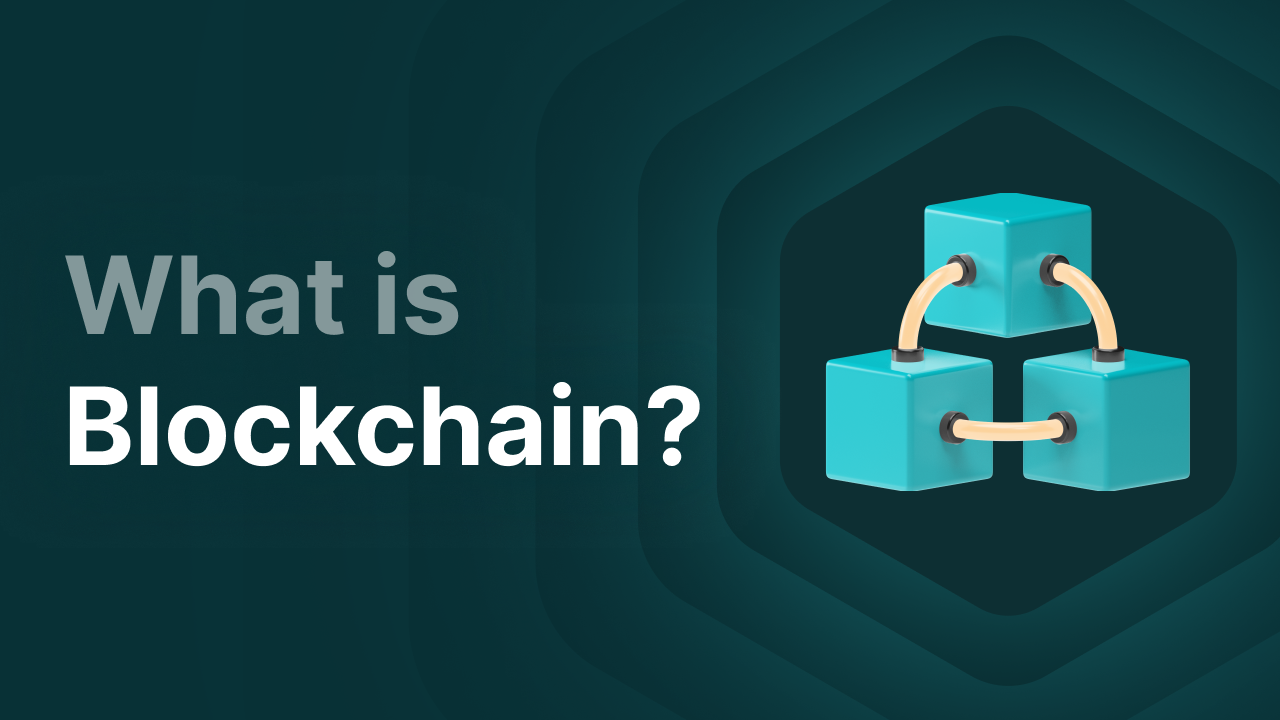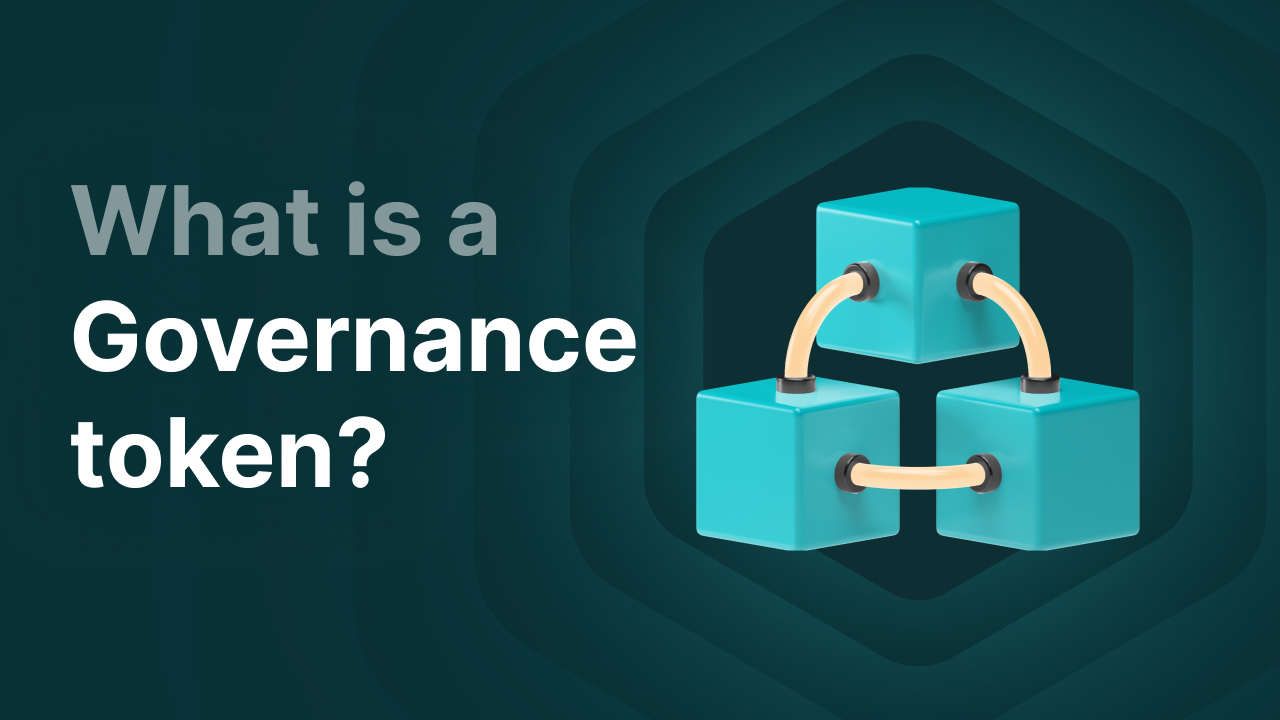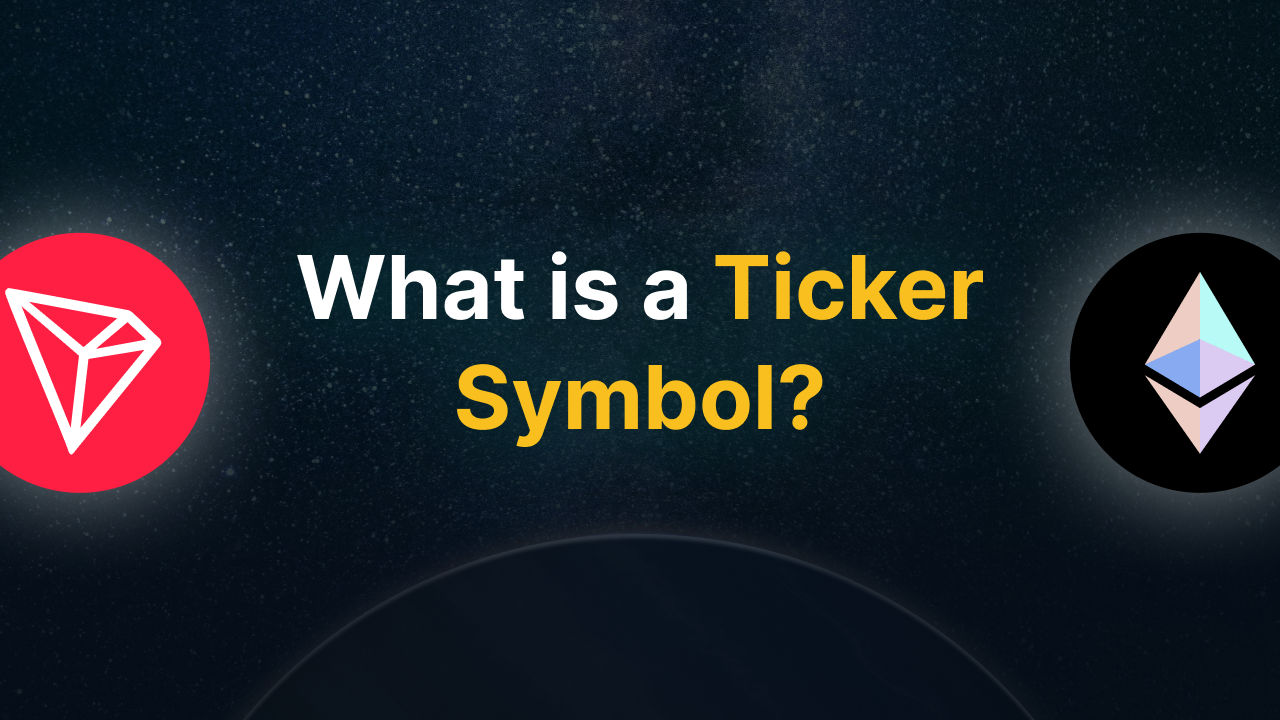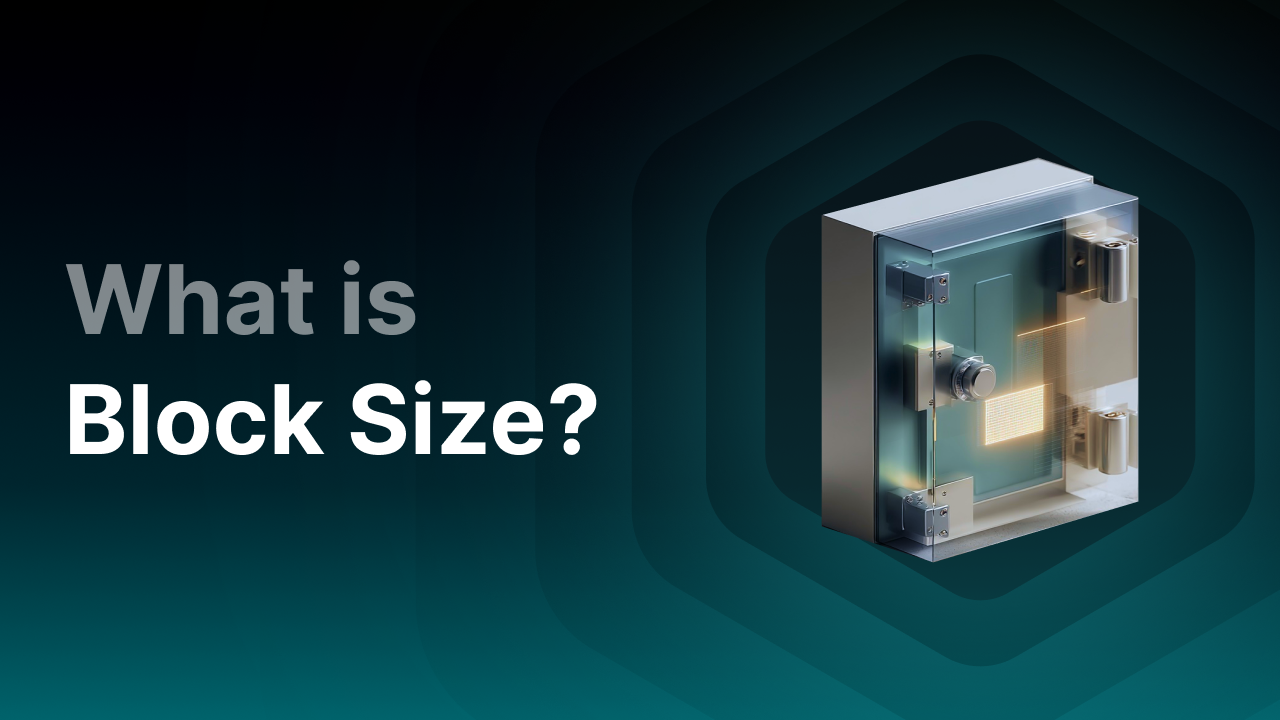Qu'est-ce qu'une blockchain et comment fonctionne-t-elle ?

Qu’est-ce qu’une blockchain ?
La technologie blockchain est une base de données numérique (également appelée registre public) dans laquelle sont enregistrées des transactions. Dans la majorité des cas, cette base de données est publique (open source) et maintenue par un réseau d’ordinateurs répartis dans le monde entier. Une blockchain est donc généralement décentralisée.
Une blockchain est constituée de blocs contenant des transactions. Chaque bloc est lié de manière chronologique au bloc précédent, formant ainsi une chaîne (chain) : la blockchain. Un nouveau bloc contient les transactions les plus récentes et une référence au bloc précédent. Une fois que le réseau a validé les transactions, le bloc est ajouté à la chaîne, et donc au réseau.
Tout ce qui est enregistré dans la blockchain est immuable, c’est-à-dire que les informations contenues dans un bloc ne peuvent ni être modifiées, ni être supprimées.
Exemple : Vous pouvez imaginer la blockchain comme une chaîne d’ancres. Chaque bloc contient des informations sur les transactions. Si vous suivez la chaîne vers le bas, vous pouvez voir tous les maillons (blocs) avec leurs données respectives. Cela signifie que vous pouvez toujours retracer quelles transactions ont eu lieu, de la première à la plus récente. Grâce à cette structure, le réseau peut détecter les tentatives de manipulation et les rejeter. Cela fait de la technologie blockchain un outil fiable permettant d’effectuer des transactions en toute sécurité.
À retenir
- Une blockchain est un registre numérique décentralisé et immuable, dans lequel les transactions sont enregistrées dans des blocs liés entre eux par cryptographie.
- Les cryptomonnaies fonctionnent sur des blockchains et utilisent cette technologie pour traiter et sécuriser les transactions.
- Les transactions sont validées à l’aide de mécanismes de consensus tels que la Proof of Work (PoW) ou la Proof of Stake (PoS).
- La blockchain garantit un haut niveau de sécurité grâce à la cryptographie, à la décentralisation, à la transparence et à l’immutabilité : la falsification est quasi impossible.
- Cette technologie offre des avantages tels que la sécurité, la transparence et l’accessibilité, mais comporte également des défis comme la consommation d’énergie et l’évolutivité.
Les cryptomonnaies sont-elles identiques aux blockchains ?
Les cryptomonnaies ne sont pas des blockchains. Les cryptomonnaies comme le BTC ou l’Ether sont des monnaies numériques (également appelées tokens) fonctionnant sur une blockchain, comme celle de Bitcoin ou d’Ethereum. Ces monnaies sont émises et gérées au sein d’un réseau blockchain. La blockchain est le système qui traite et enregistre toutes les transactions.
Les cryptomonnaies tirent parti de la sécurité, de la transparence et de la fiabilité de la blockchain. Lorsqu’une transaction en cryptomonnaie est effectuée, celle-ci est validée par le réseau et enregistrée dans le registre distribué.
Comment fonctionne une blockchain ?
Une blockchain fonctionne comme un registre distribué, stocké sur un réseau d’ordinateurs (appelés nœuds). Toute transaction ou information y est enregistrée de manière sécurisée, transparente et immuable. Voici les différentes étapes du processus :
1. Création d’une transaction
Tout commence par la création d’une nouvelle transaction. Supposons que vous souhaitez envoyer des bitcoins à une autre personne. Vous créez la transaction depuis votre portefeuille de cryptomonnaie, en envoyant des bitcoins à l’adresse du destinataire. La transaction comprend les éléments suivants :
- L’adresse de l’expéditeur (la clé publique de l’expéditeur)
- L’adresse du destinataire (la clé publique du récepteur)
- Le montant à transférer
- Des données supplémentaires (comme une note, le cas échéant)
Une commission est également prélevée lors de la création de la transaction. Cette commission est versée aux nœuds qui valident et traitent les transactions.
2. Transmission au réseau
Une fois la transaction créée, elle est transmise à l’ensemble du réseau peer-to-peer des nœuds. Chaque nœud reçoit les mêmes informations.
3. Validation de la transaction
La transaction est ensuite validée par le réseau, qui vérifie sa légitimité. La méthode de validation dépend du mécanisme de consensus utilisé par la blockchain. Les plus courants sont :
- Proof of Work (PoW) : dans la PoW, les ordinateurs doivent résoudre des énigmes cryptographiques complexes à l’aide de leur puissance de calcul. L’exemple le plus connu est la blockchain de Bitcoin.
- Proof of Stake (PoS) : dans la PoS, les participants mettent en jeu (stake) leurs cryptomonnaies pour valider des transactions. Ce système est plus économe en énergie. Des blockchains comme Ethereum ou Cardano utilisent ce modèle.
4. Regroupement dans un bloc
Une fois validées, les transactions sont regroupées dans un bloc. Ce bloc est proposé par un nœud (appelé mineur dans PoW ou validateur dans PoS) pour être ajouté à la chaîne.
5. Ajout du bloc à la blockchain
Le nouveau bloc est ensuite ajouté à la chaîne de blocs. Il contient une référence au bloc précédent (sous forme de hash), assurant ainsi la continuité de la chaîne. Une fois ajouté, son contenu ne peut plus être modifié.
6. Confirmation du bloc
Après son ajout, la nouvelle version de la blockchain est propagée à l’ensemble du réseau de nœuds, garantissant que tous disposent de la même copie du registre. Une fois le bloc contenant votre transaction confirmé, celle-ci est considérée comme définitive.
Exemple : Imaginez que vous souhaitez envoyer une lettre à un ami. Vous l’écrivez, la mettez dans une enveloppe. Sur l’enveloppe figurent votre adresse (celle de votre portefeuille) et celle de votre ami (le destinataire). Vous apportez la lettre au bureau de poste (le réseau de nœuds), où l’on vérifie que tout est en ordre (validation de la transaction).
Une fois acceptée, la lettre est placée dans un sac contenant d’autres lettres vérifiées (un bloc contenant plusieurs transactions). Ce sac reçoit un numéro unique (par exemple, bloc n°840 000), ce qui permet de retracer son envoi.
Une fois livrée, la lettre est enregistrée de manière permanente : personne ne peut la modifier ni prétendre qu’elle n’a jamais été envoyée.
Quel est le principal avantage des blockchains ?
Le plus grand avantage de la technologie blockchain réside dans le fait qu’elle élimine le besoin d’intermédiaires ou d’autorités centrales (comme les banques). Les blockchains permettent aux individus d’effectuer des transactions ou de partager des informations sans dépendre d’un tiers.
Qu'est-ce qui rend une blockchain sécurisée ?
La technologie blockchain est considérée comme très sécurisée. Mais pourquoi cela ? Cela résulte d'une combinaison, entre autres, de cryptographie, de décentralisation, de transparence et d'immutabilité :
1. Cryptographie
Les données et transactions stockées sur la blockchain sont chiffrées à l'aide d'algorithmes cryptographiques. Grâce à la cryptographie, l'information est protégée par des codes secrets lisibles uniquement par les personnes disposant des clés appropriées. Les informations sont immuables, et chaque transaction doit être signée numériquement avant d'être incluse dans un bloc. Chaque bloc contient également un hachage cryptographique unique qui résume et sécurise son contenu.
Le hachage rend immédiatement visible toute tentative de modification, car le moindre changement dans les données entraîne un hachage complètement différent. Cela garantit que la blockchain reste sécurisée et fiable.
2. Structure en chaîne
Si un hacker parvenait à modifier un bloc, cela rendrait tous les blocs suivants invalides. Il devrait alors théoriquement modifier tous les blocs suivants. Cela est considéré comme pratiquement impossible, surtout dans les grands réseaux où de nombreux nœuds travaillent ensemble pour sécuriser la blockchain.
3. Décentralisation
Grâce à l'utilisation de milliers à des millions de nœuds répartis dans le monde entier, une blockchain est décentralisée, ce qui signifie qu'aucune entité centrale ne contrôle le réseau. Les données sont stockées dans un environnement décentralisé, c’est-à-dire qu’elles ne se trouvent pas chez une autorité centrale. À la place, une blockchain compte plusieurs nœuds (ordinateurs) qui possèdent tous une copie exacte de la base de données.
Contrairement aux bases de données centralisées, la supervision revient aux utilisateurs de la blockchain. Ces derniers (les nœuds) sont responsables du stockage des nouvelles transactions dans la base de données. Pour garantir la sécurité, plusieurs nœuds doivent approuver la validité d’une transaction avant qu’elle ne soit exécutée.
4. Mécanismes de consensus
L’ajout de nouveaux blocs à la blockchain se fait à l’aide de mécanismes de consensus. Chaque blockchain utilise son propre mécanisme avec ses algorithmes spécifiques. Selon la blockchain, différentes règles s’appliquent, mais dans la plupart des cas, au moins 50 % des nœuds doivent accepter un bloc avant qu’il soit ajouté. Cela permet de rejeter les blocs corrompus contenant des informations frauduleuses. Cela signifie que pour nuire, un attaquant doit contrôler au moins 51 % des nœuds, ce que l’on appelle une attaque des 51 %.
5. Transparence
La plupart des blockchains publiques sont open source, ce qui signifie que le code source ainsi que les données de transaction sont transparents et accessibles à tous. Toutes les transactions effectuées peuvent être tracées et ne peuvent être manipulées. Les utilisateurs peuvent consulter toutes les informations des blocs d’une blockchain spécifique via des explorateurs de blocs.
6. Immutabilité
Une fois les données enregistrées sur la blockchain, il est quasiment impossible de les modifier ou de les supprimer. C’est ce qu’on appelle l’immutabilité, l’une des principales caractéristiques de sécurité de la technologie blockchain.
Si l’on souhaite néanmoins effectuer des modifications sur un bloc, il faut parvenir à un consensus au sein du réseau. Cela peut se produire lors d’un « hard fork » (une scission de la blockchain), comme cela a été le cas par le passé après le piratage du DAO sur le réseau Ethereum. À cette époque, une nouvelle version de la blockchain a été créée, dans laquelle le bloc corrompu a été écrasé, et la chaîne a continué sur cette nouvelle branche. C’est l’Ethereum tel que nous le connaissons aujourd’hui. La « vieille » blockchain a quant à elle continué sous le nom d’Ethereum Classic.
Quels sont les types de blockchains ?
Il existe différents types de blockchains que les développeurs peuvent utiliser : les blockchains publiques, semi-privées, privées et consortium :
-
Blockchains publiques
Il s’agit des blockchains que nous connaissons. Toutes les blockchains publiques utilisent ce type, comme Bitcoin et Ethereum. Tout le monde peut consulter les données et participer au réseau sans l’autorisation de quiconque, tout en préservant son anonymat. Les blockchains publiques sont totalement ouvertes et décentralisées, sans autorité centrale qui gère le réseau. -
Blockchains semi-privées
Dans une blockchain semi-privée, le contrôle est détenu par une entreprise ou une organisation. Le système est donc plus centralisé que pour une blockchain publique. L’entreprise ou l’organisation a le pouvoir d’ajouter ou de refuser des utilisateurs. Cette blockchain n’est donc pas complètement décentralisée, mais offre un accès contrôlé à certains participants. Les blockchains semi-privées peuvent être attrayantes pour des applications commerciales ou gouvernementales nécessitant un certain degré de contrôle. -
Blockchains privées
Les blockchains privées sont entièrement centralisées. Une seule partie peut lire les données, effectuer des transactions et participer au réseau. Elles conviennent moins aux applications exigeant transparence et décentralisation, mais sont utiles pour des entreprises ayant besoin d’un environnement fermé et contrôlé. -
Blockchains consortium
Le modèle consortium est actuellement la solution la plus populaire parmi les entreprises. Dans ce type de réseau, le processus de consensus est contrôlé par un groupe prédéfini de participants, comme un partenariat d’entreprises ou d’institutions. Selon la configuration, seules ces parties peuvent soumettre des transactions et consulter les données. Cela rend les blockchains consortium particulièrement adaptées aux secteurs institutionnel et commercial, où collaboration, contrôle et confidentialité sont essentiels.
Consommation d’énergie de la technologie blockchain
La consommation énergétique de la technologie blockchain est un sujet souvent débattu. Les cryptomonnaies, notamment Bitcoin, sont fréquemment associées à une forte consommation d’énergie et à un impact environnemental négatif. Cela s’explique par le fait que Bitcoin et certaines autres blockchains, comme Dogecoin, utilisent le mécanisme de consensus Proof-of-Work. Ce mécanisme mobilise des milliers d’ordinateurs dans le monde pour résoudre des énigmes cryptographiques complexes, ce qui demande une grande puissance de calcul et donc beaucoup d’énergie. Ce processus est appelé minage. Selon diverses sources, la consommation électrique de Bitcoin serait comparable à celle de la Pologne.
Face à ces préoccupations, d’autres blockchains ont été développées et le Proof-of-Stake a été introduit. Ici, les ordinateurs ne résolvent pas de puzzles complexes, mais valident les transactions grâce à des utilisateurs qui immobilisent temporairement leurs cryptomonnaies comme garantie. Cela nécessite beaucoup moins de puissance de calcul et donc beaucoup moins d’électricité. Les exemples les plus connus de blockchains utilisant Proof-of-Stake sont Ethereum et Cardano.
Scalabilité des blockchains
La scalabilité désigne la capacité des blockchains à traiter rapidement et efficacement un grand nombre de transactions de manière sécurisée. Plus le réseau est chargé, plus il est soumis à une forte pression. Cela a conduit à des critiques fréquentes à l’encontre de blockchains populaires comme Bitcoin et Ethereum lors des périodes de forte activité. Ces deux blockchains fonctionnent en validant chaque transaction sur l’ensemble du réseau, ce qui limite le nombre de transactions par seconde. En période de forte affluence, cela engendre des délais et des coûts de transaction élevés.
Bitcoin ayant été développé comme une alternative au système monétaire traditionnel, les problèmes de scalabilité représentent un véritable défi. Le réseau Bitcoin traite environ 7 transactions par seconde, tandis que des systèmes comme Visa peuvent en traiter des milliers.
Pour remédier à ce problème, plusieurs solutions ont été développées, telles que des améliorations pour rendre Bitcoin et Ethereum plus scalables, mais aussi de nouvelles blockchains intrinsèquement plus scalables :
- Solutions Layer 2 (comme le Bitcoin Lightning Network) : ces solutions permettent d’exécuter des transactions en dehors de la chaîne principale (mainnet) et de les valider en lots.
- Sharding : cette technique divise un réseau blockchain en chaînes parallèles qui fonctionnent simultanément, augmentant considérablement l’efficacité et la vitesse.
- Nouveaux mécanismes de consensus : comme le Proof of History de Solana ou les algorithmes innovants de Proof-of-Stake tels qu’Avalanche.
Avantages et inconvénients de la technologie blockchain
Les blockchains présentent à la fois des avantages et des inconvénients. Voici un tableau récapitulatif des points principaux :
Qui a inventé la blockchain ?
Beaucoup pensent que la technologie blockchain est née avec le développement de Bitcoin par Satoshi Nakamoto. Bien que Nakamoto ait joué un rôle crucial dans l’application de la blockchain, l’origine de la technologie remonte plus loin.
Les bases de la blockchain ont été posées dès 1983 par l’informaticien américain David Chaum, qui a étudié les « signatures aveugles », une technique permettant de signer des données sans révéler leur contenu. Cette technique a posé les fondations des transactions numériques orientées vers la confidentialité.
En 1991, les mathématiciens Stuart Haber et W. Scott Stornetta ont développé une méthode pour horodater des documents numériques de façon fiable, afin d’empêcher toute modification postérieure non détectée. Un an plus tard, ils ont ajouté une structure de données permettant de stocker les documents en chaîne : une version précoce de ce que nous appelons aujourd’hui une blockchain.
Ce n’est qu’en 2008 que la blockchain a gagné une notoriété plus large lorsque Satoshi Nakamoto a publié le whitepaper de Bitcoin. Il s’agissait de la première application réussie de la technologie blockchain en tant que registre public et décentralisé permettant de transférer des monnaies numériques sans intermédiaires bancaires. Cette application était révolutionnaire, car elle combinait technologie, incitations économiques et cryptographie dans un système opérationnel.
Ainsi, bien que Satoshi Nakamoto ne soit pas l’inventeur du concept de blockchain, il est considéré comme le fondateur de la technologie blockchain moderne telle qu’elle est utilisée aujourd’hui dans les cryptomonnaies.
En résumé
La technologie blockchain est une méthode innovante permettant d’enregistrer des données de manière sécurisée, transparente et immuable, sans passer par des tiers centraux. Elle utilise la cryptographie, la décentralisation et les mécanismes de consensus pour instaurer la confiance au sein des réseaux. Bien que les blockchains présentent des défis tels que la consommation énergétique et la scalabilité, elles offrent des applications prometteuses dans les secteurs financiers et non financiers. Grâce au développement continu de méthodes de validation nouvelles et plus efficaces, la technologie évolue rapidement.




